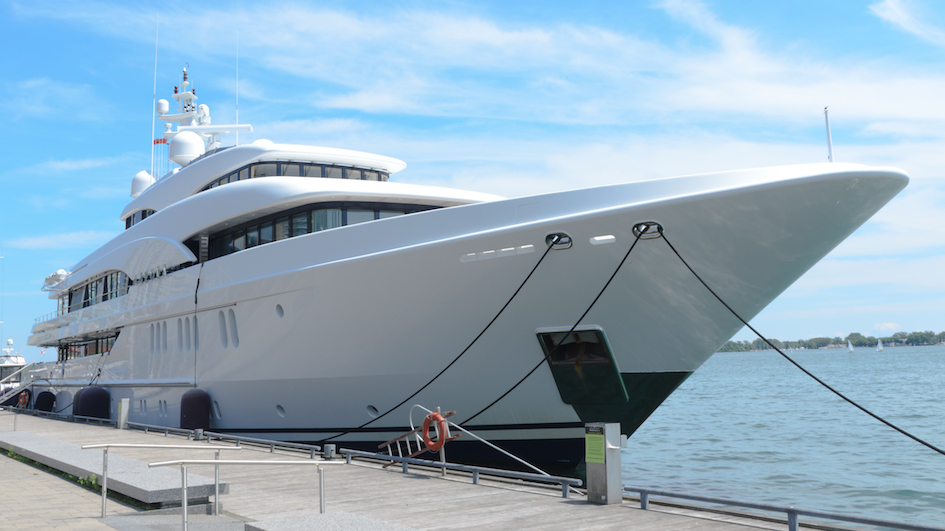
Every generation defines luxury for themselves. The pendulum is continually swinging from opulence and excess to minimalism and self-control. For those of us in the business of luxury branding, we are constantly working to get out in front of the emerging cultural definition. Reactionary logic and strategy is reductive and outdated by definition. How do you get ahead of the trends and cultural movements? You do it with a unique clarity of definition. For luxury brands seeking billion-dollar growth of this kind, success is in the intentionality, clarity, and precision with which you define luxury, the essence, and what the brand stands for.
How do you define luxury?
Is it opulent and extravagant or minimal and elusive? Does it have unlimited options or a singular purpose? Is it any or all of these?
The failure to own a definition of luxury is at the root of the lack of clarity in modern luxury marketing.
“At its core, [luxury] has to stand for something that transcends the trends.”
True luxury favors the purity of a single-purpose product over efficient or multi-purpose products. Multi-purpose liquor that gets you buzzed faster and mixes well with any soda is not luxurious. True luxury is a 60-year aged scotch, so refined with quality, care, and taste that it would be shameful to do anything but sip it straight, while discussing Plato’s Crito.
Technology and efficiency has always influenced, and at times, defined luxury. At its core, technology moves towards efficiency, striving to make a desired result easier to achieve with less effort. Is it possible to market high gains for low investment and luxury in the same breathe? Not by traditional luxury standards.
Are you communicating with precise intentionality?
If your brand is attempting to convey luxury and multi-functionality, then you must do so with absolute clarity and precision. If you do, the message of luxury will never be diluted. Luxury is tied inherently to intentionality and quality. This intentionality can manifest in the form of refinement or function, but it must be conveyed with absolute precision.
True luxury is communicated with precision. Ezra Pound wrote, “Good art is precise.” Clarity and precision are the difference between great companies and billion-dollar luxury brands.
Tom Ford stands for provocative luxury.
With a clean aesthetic, stunningly beautiful minimalism and a sexy, sleek style, Tom Ford has painted a complete picture. While crossing category with charged subject matter, Tom Ford has transcended fashion by bringing his aesthetic into film as a director. Because the Tom Ford brand is so precisely positioned, owned, and communicated, consumers know that Tom Ford means luxury, whether communicated through fashion, film, or décor. More than any other brand, Tom Ford has so clearly defined an aesthetic and perspective, in that category is almost irrelevant.
The difference is unique clarity in definition.
Luxury is the purpose and proof of its own existence. Whether your messaging identifies hybrid functionality as a positive or it boasts doing one thing better than anyone else, as a luxury brand, you must own a unique perspective.
Culturally, we can continue to argue over the application of luxury in branding, and whether or not it fits into the ever-diversifying paradigm of cultural movements and digital phenomenon, but, at its core, it has to stand for something that transcends the trends. It must stand for intentionality, precision, and clarity. To become a billion-dollar luxury brand, you must own those key attributes otherwise it just isn’t luxury.